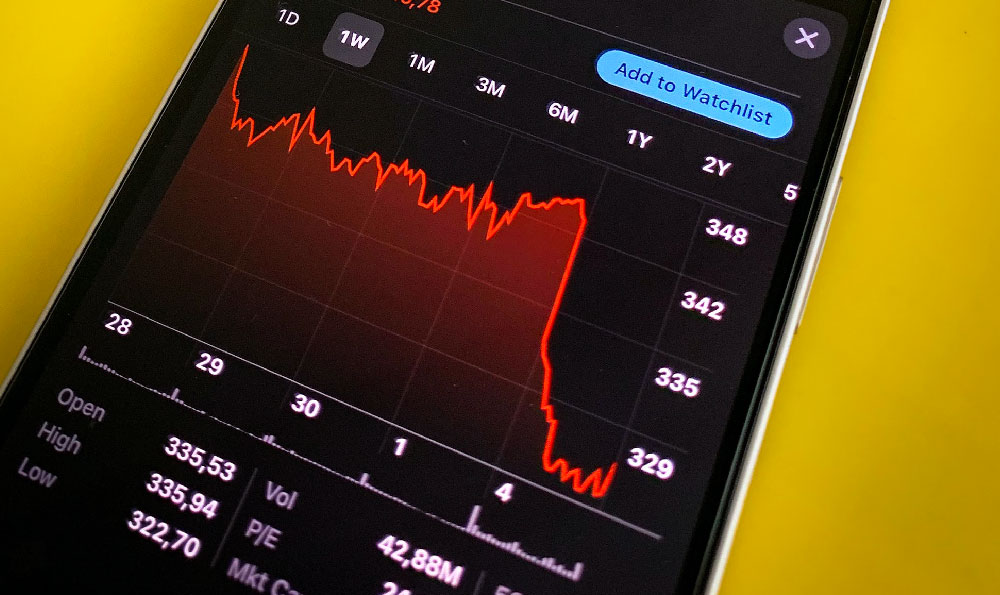How Much Do YouTube Creators Earn?
YouTube has become a powerful platform for content creators to monetize their passion and reach global audiences, but the question of how much these creators actually earn remains complex and multifaceted. The income potential for YouTube creators is influenced by a combination of factors, including the number of subscribers, viewer engagement, the type of content produced, and the monetization strategies employed. While some creators can generate substantial earnings, others may struggle to break even or earn minimal income, making it essential to examine the various financial models and practical considerations involved in YouTube-based revenue generation.
For many creators, YouTube monetization begins with the YouTube Partner Program (YPP), which requires a minimum of 1,000 subscribers and 4,000 watch hours per month. Once eligible, creators can earn money through advertising revenue, which is calculated based on the number of ads displayed in their videos and the advertiser's budget. According to YouTube's official data, ad revenue typically ranges from $0.50 to $10 per 1,000 views, depending on factors such as the country, content niche, and ad types. However, this figure is highly variable, with some creators reporting significantly lower or higher earnings due to regional differences in ad rates and the effectiveness of their content in attracting valuable audience segments. The algorithm also plays a crucial role in determining how many ads are shown in a video, often prioritizing content that aligns with trending topics or high advertiser interest.
Beyond advertising, YouTube creators have access to multiple income streams that can complement or even surpass traditional ad revenue. Subscription and channel memberships are popular options, where viewers pay a recurring fee to support their favorite creators. These fees can range from $3 to $12 per month, depending on the creator's influence and the value proposition offered to subscribers. Additionally, channel memberships often include perks such as exclusive content, live chats, or behind-the-scenes access, which can increase viewer retention and recurring payments. Sponsored content is another major revenue source, with creators collaborating with brands to promote products or services. The earnings from sponsorships depend on the brand's budget, the creator's audience size, and the level of engagement the video generates. For example, a creator with a million followers might command $10,000 to $100,000 per collaboration, while smaller creators may receive much lower payments or alternative compensation such as free products or affiliate links.

Mercer sales, or merchandise, offer another avenue for monetization, allowing creators to sell branded products directly to their audience. This method is particularly effective for creators with a loyal fanbase and strong brand identity, as viewers are often willing to purchase items that align with their favorite content. The profitability of merch sales depends on production costs, demand for the product, and the creator's ability to leverage their audience for sales. Some creators also diversify their income by incorporating crowdfunding, Patreon, and other platforms for direct audience support, while others explore content licensing, affiliate marketing, and online courses to generate additional revenue.
The actual amount creators earn is also shaped by their level of consistency, the quality of their content, and their ability to build an engaged audience. High viewer retention and frequent interactions, such as comments, likes, and shares, can increase the likelihood of receiving premium monetization options or lucrative brand partnerships. Moreover, creators who focus on niche topics or high-value content, such as educational materials, tutorials, or entertainment with high production value, may command higher earnings compared to those in saturated or low-budget niches.
It is crucial to note that YouTube income is not a one-size-fits-all model. While some creators achieve six-figure salaries, others may work multiple hours per day for minimal returns. The platform's dynamic nature means that changes in policies, ad rates, and audience behavior can significantly impact earnings. For instance, YouTube's recent shift toward exclusive content and subscription-based monetization has redefined revenue strategies for many creators, encouraging them to prioritize long-term audience growth over short-term ad revenue.
For aspiring creators, understanding these financial dynamics is vital to setting realistic goals and developing a sustainable strategy. Investing in high-quality equipment, refining content production techniques, and building a cohesive brand identity can all contribute to maximizing income potential. Additionally, creators should be aware of the costs associated with running a YouTube channel, including expenses for editing software, internet bandwidth, and equipment upgrades, which can affect overall profitability.
In recent years, YouTube has also introduced new features such as YouTube Premium, which allows users to pay for ad-free viewing and exclusive content, providing creators with an alternative revenue stream. This model has been successful for creators who can produce high-value content that appeals to paying audiences, offering a more stable income source compared to traditional ad-based earnings.
Ultimately, the income potential for YouTube creators is shaped by a combination of opportunity, effort, and market conditions. While some may achieve significant financial success, others may need to explore creative collaboration, multiple income streams, or long-term audience cultivation to build sustainable earnings. Understanding these variables and adapting to the platform's evolving monetization landscape is essential for creators who want to navigate the financial aspects of YouTube effectively.















